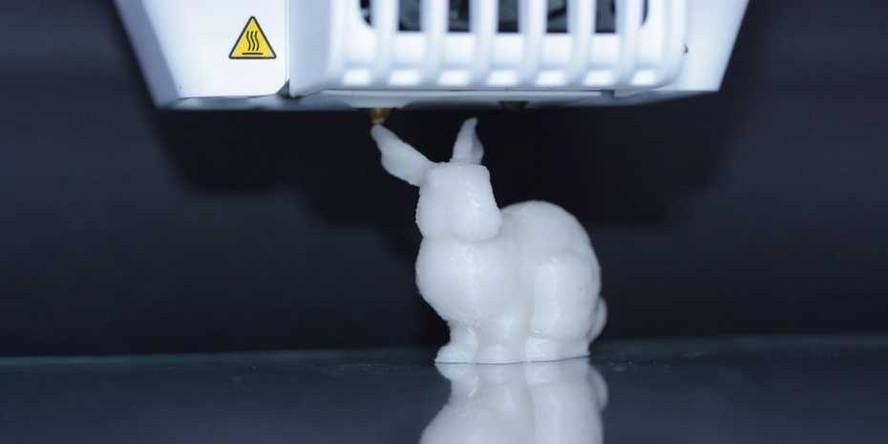In a plastic rabbit has been stored the information necessary for its processing, encoded in synthetic DNA
A 3D rabbit has been printed with information for the elaboration of the rabbit encoded in the synthetic DNA and integrated into the material. And that DNA stored in the rabbit has been used for five generations to create new rabbits. The work has been published in the journal Nature Biotechnology.
More and more data, hard drives and the like are reaching the limit and DNA has been proposed as a long-term information storage solution. Studies have shown that it allows large amounts of information to be stored sustainably. In this work, researchers have proposed a way to produce materials with unalterable memory.
The information for 3D printing of a plastic rabbit was encoded in synthetic DNA, DNA was introduced into silica particles and these particles were incorporated into a thermoplastic polyester. With this material the rabbit was printed. Later, taking a small sample of rabbit, they were able to use the DNA it houses to create a new rabbit. The process has been repeated five times, leaving a nine-month interval between the fourth and fifth generation, and DNA has remained stable and no information has been lost.
They have also done a second experiment: they coded a video and put it in the plexiglas, and with this material they have made normal glasses. A very small piece of plexiglas from the glasses was enough to retrieve the stored information.
According to researchers, these experiments show that the concept of "DNA of things" could be applied to the manufacture of everyday objects and suggest that it can be a step for self-replicating machines.






